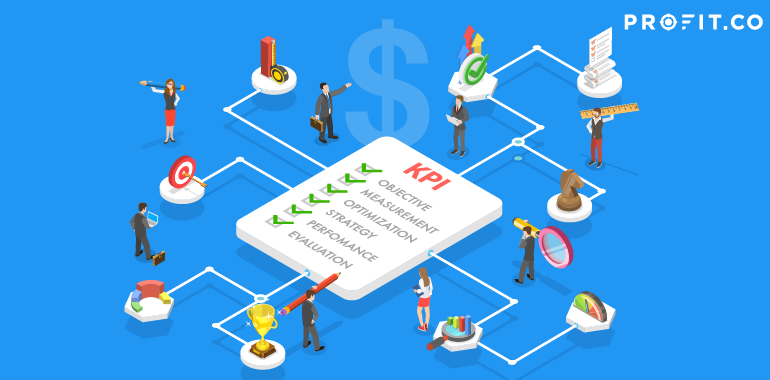Definition of Avoided Cost
Avoided cost is a KPI that measures the expenses that would have been incurred if a resource were not available, a repair had not been made, or another preventative measure had not been taken to avoid future costs. Measuring avoided cost is a great strategy for businesses who want to increase the amount of saving and reduce expenses in the future while utilizing correct preventive measures.
This KPI is usually used in manufacturing and can help keep a finger on the pulse of what repairs are necessary, how wisely resources are spent, and where there are inefficiencies within a plant or planned process. Additionally, having the avoided cost KPI on hand can remind stakeholders how important scheduled, regular maintenance is on equipment and machinery, even if it slows down production in the short-term. This KPI helps highlight how necessary short-term setbacks are to achieve long-term success.
If you can’t measure it, you can’t manage it.
Benefits of the Avoided Cost
Tracking the avoided cost KPI has several benefits, including the following:
1. It evaluates the merits of resource substitutes from a supply perspective
2. It assists you in determining the number of resources to spend while still optimizing them for a project, including cost KPIs.
3. You can make a comparison of the demand and supply options
Reasons for Calculating the Avoided Cost
Calculating the avoided cost is crucial to calculate if you want your business to operate efficiently and spend resources wisely. This KPI (Key Performance Indicator) enables you to track how your company is spending their resources and what preventative measures are worth taking. Calculating the avoided cost KPI helps when assessing multiple functions of cost management. Avoided cost can help you:
1. Realize the Gap in an Opportunity
With the avoided cost KPI, you can determine the best strategy for utilizing assets. This is closely related to metrics such as opportunity cost. If there’s an opportunity to spend less or prevent a future cost, these KPIs will help you identify it and act on it.
2. Determine the Capacity Utilization
Capacity utilization determines how your business utilizes its total capacity of production. Avoided cost helps you identify inefficiencies in your production so you can better utilize your resources. It is essential to examine the capacity utilization before agreeing to expand and deliver an order and determine where there is waste or where resources are stretched too thin.
3. Find Out the Cost of Manufacturing for Every Unit
With this KPI on hand, you can calculate the entire production cost, including depreciation of machines, materials, labor, and more all while highlighting the reason behind maintenance. To control the manufacturing cost per unit, you divide the total manufacturing cost by the entire units you produce.
Calculating the Avoided Cost
To calculate the avoided cost successfully, you deduct the cost of avoiding maintenance from the anticipated cost of repair added to the loss of productivity in connection to downtime. With that, you will have the avoided cost.
How to Calculate Avoided Cost
The Role of Avoided Cost Plays In Future Planning
Avoided cost is a critical KPI for your to track since it assists you in highlighting how important repairs, downtime, and quality manufacturing processes are. Additionally, with the avoided cost KPI, you can justify expenditures.
Managers who calculate this KPI can decide whether or not halting production is worth it based on the anticipated cost of a future repair and the avoided cost KPI.
This isn’t a KPI you should calculate once and forget about. Avoided cost KPI should be monitored using a KPI dashboard.
With the help of agile business software, you can keep track of your most important KPIs and business goals. Profit.co’s OKR management software combines goal-setting, task management, performance reviews, employee engagement, and more on one integrated platform. This enables users to keep a finger on the pulse of their top key performance indicators and connect daily work with company-level goals.
Conclusion
Business dynamics are ever-changing. Analyzing the avoided cost and cost management remains a critical tool that assists every business leader when making important decisions.
You can get started on Profit.co completely free today. Or, to learn more about how Profit.co can help you focus on your most important goals, measure your progress, and achieve your goals, schedule a free demo with our experts!

